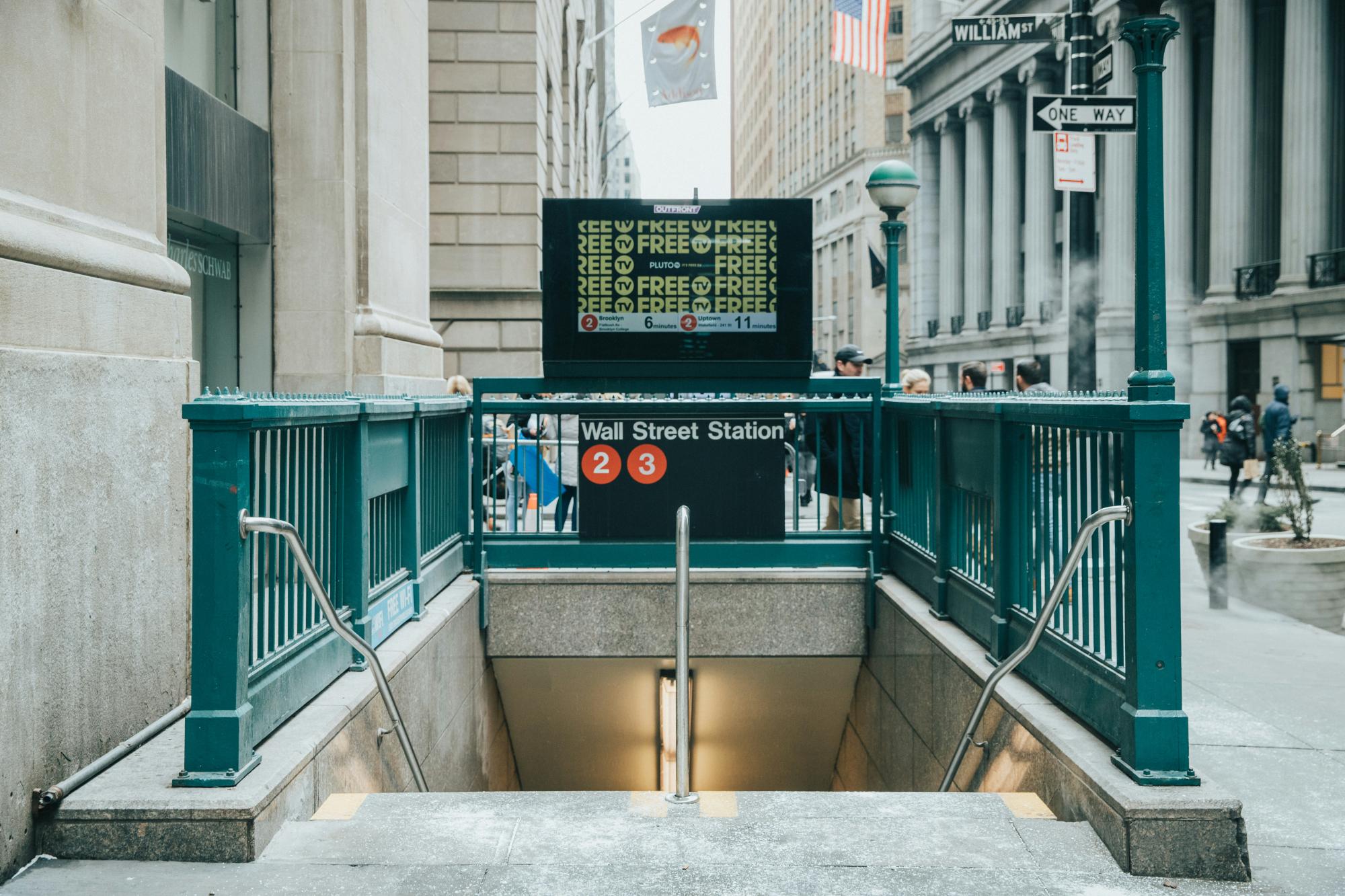Test- FTSE 100 Kicks Off August on a High as BP and Senior Lead Market Momentum
$11
10 Oct 2025, 13:13

Unsplash.com

The demand for cash among investors remains strong, according to Bank of America equity analysts, as seen by the substantial $40.1 billion inflow of cash for the week ending February 7.
On the other hand, US stock market losses reached a record high of $15.6 billion, indicating a growing disinterest in US stocks. Conversely, record inflows of $20.8 billion were seen in emerging market stocks, driven mostly by large investments in China, which accounted for $19.8 billion of the total and were probably fueled by Chinese public fund allocations.
These changes, according to BofA strategists, are getting close to a sell signal for the stock market, indicating that what was a bullish trend for stocks in 2023 is now becoming a bearish trend in 2024.
The market is "not quite there yet," they observe, nonetheless.
The market adage "tops are a process, lows are a moment" applies here as well because human nature makes it easier for "fear" to turn around than "greed." Additionally, bear positioning proved to be the best friend of the market in 2023 and 2024, respectively, but we're still a long way from there. Finally, keep in mind that during bubbles, markets pay little attention to positioning.
Money market funds currently contain assets worth over $6 trillion, indicating that despite the large inflows into cash, cash inflows may not have peaked yet. $400 million was the greatest inflow of emerging market debt since April 2023, while $1.1 billion was the largest outflow of real estate since May 2022, most likely due to worries about US regional banks.
According to the geographical split, inflows into developing markets reached a ten-week high this past week, while inflows into Japan reached a record-breaking four weeks, totalling $1.1 billion.
On the other hand, Europe had $1.7 billion in outflows during the sixth week of the trend.
(Sources: investing.com, reuters.com)